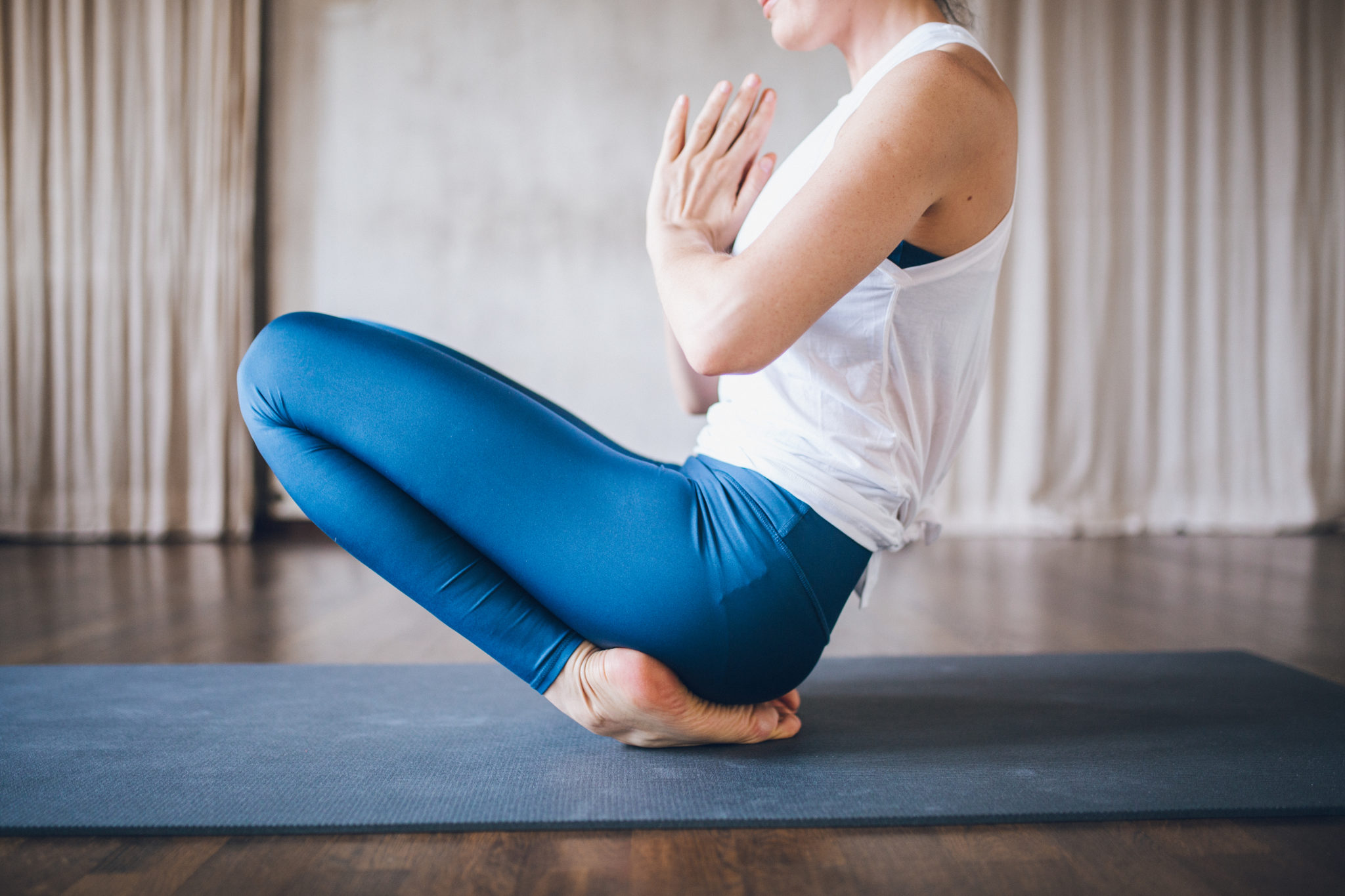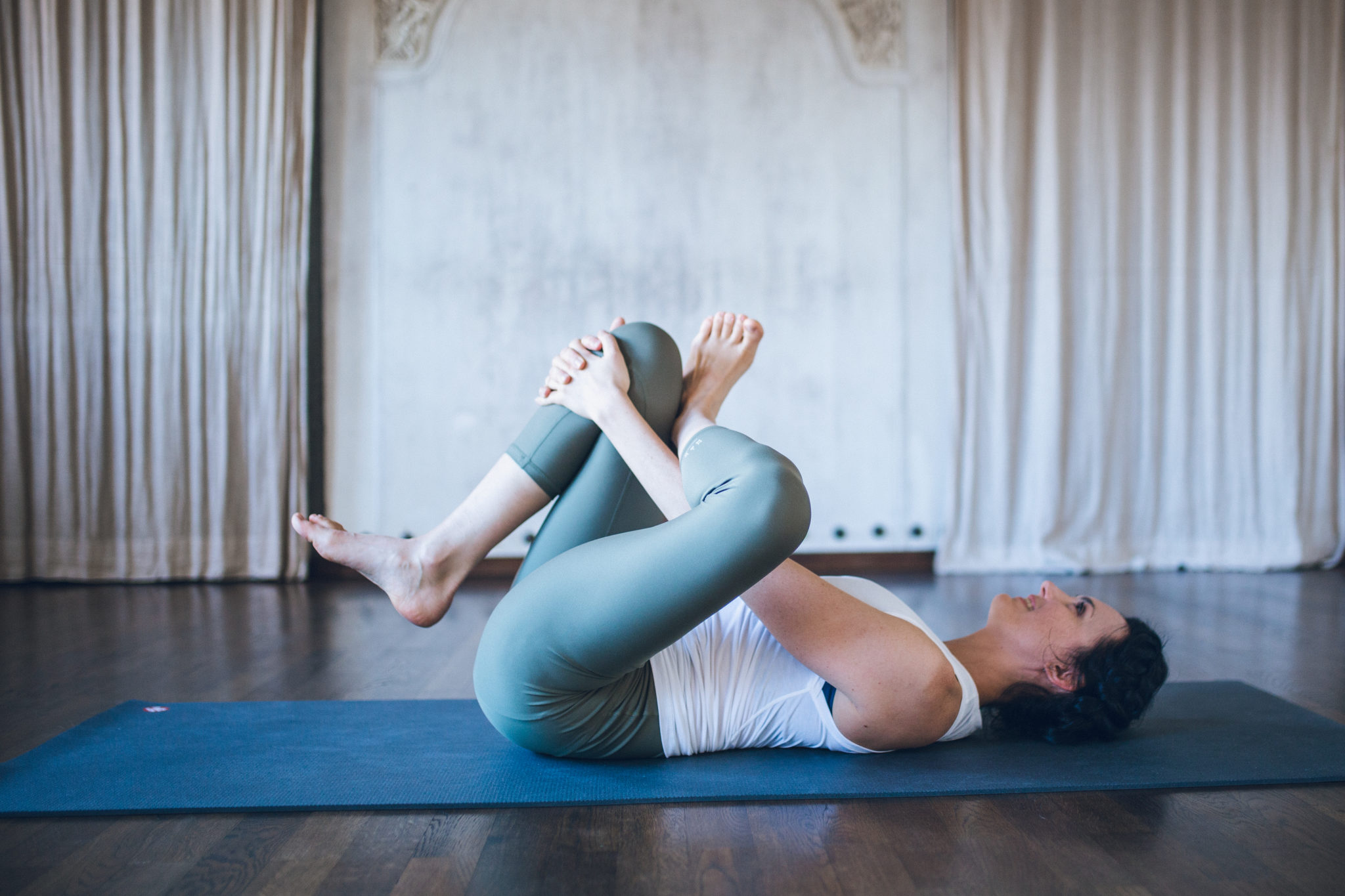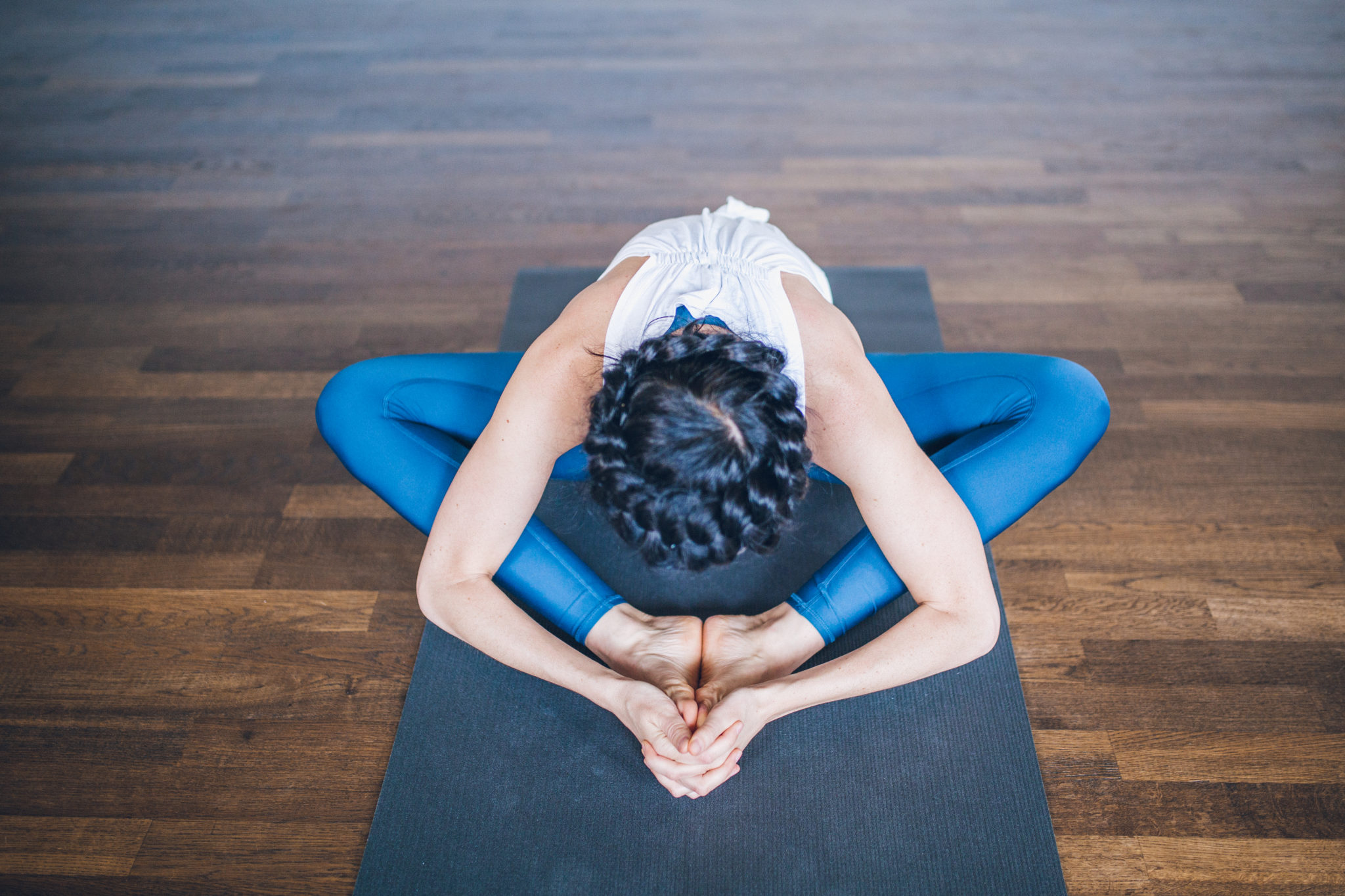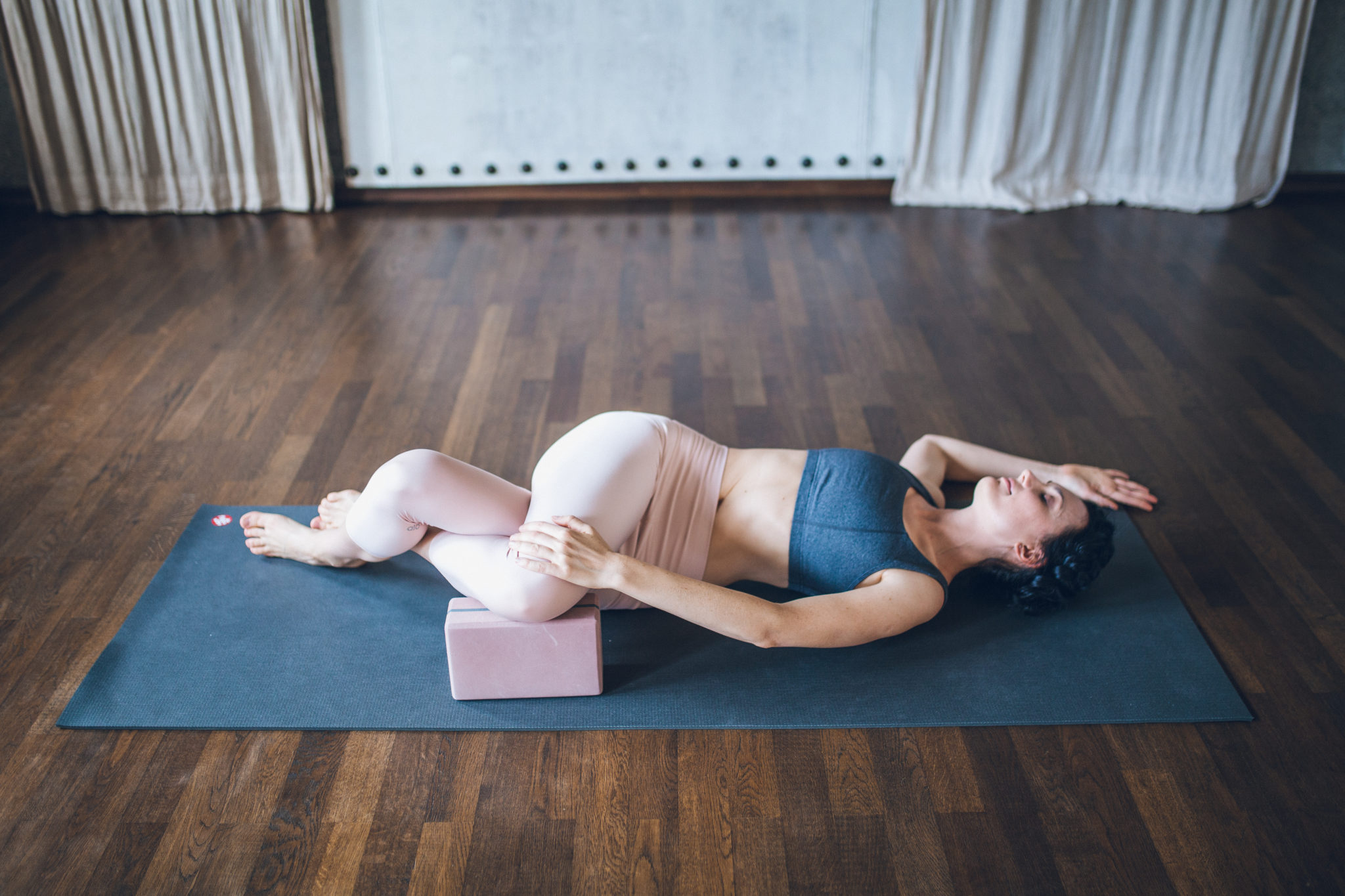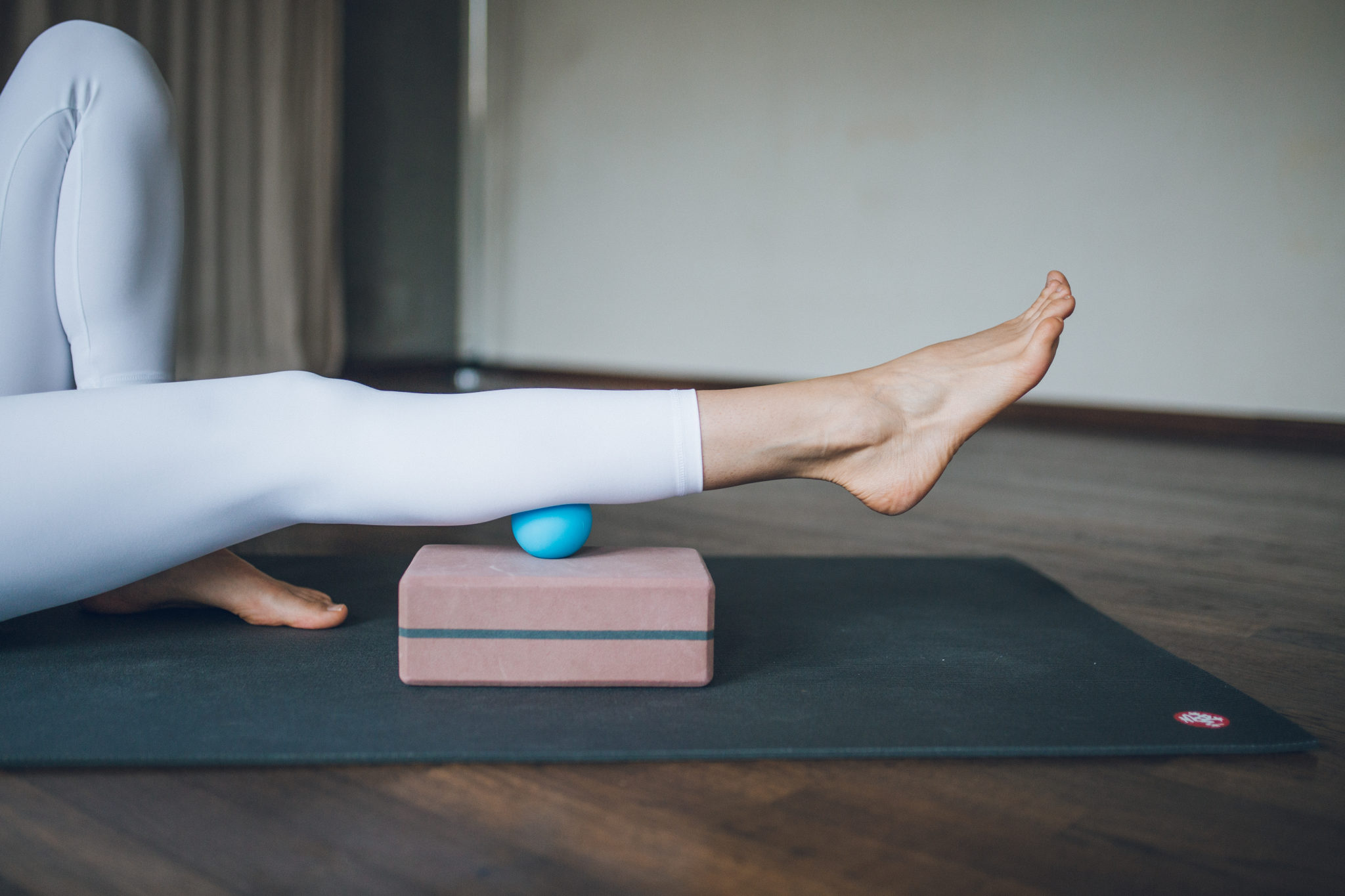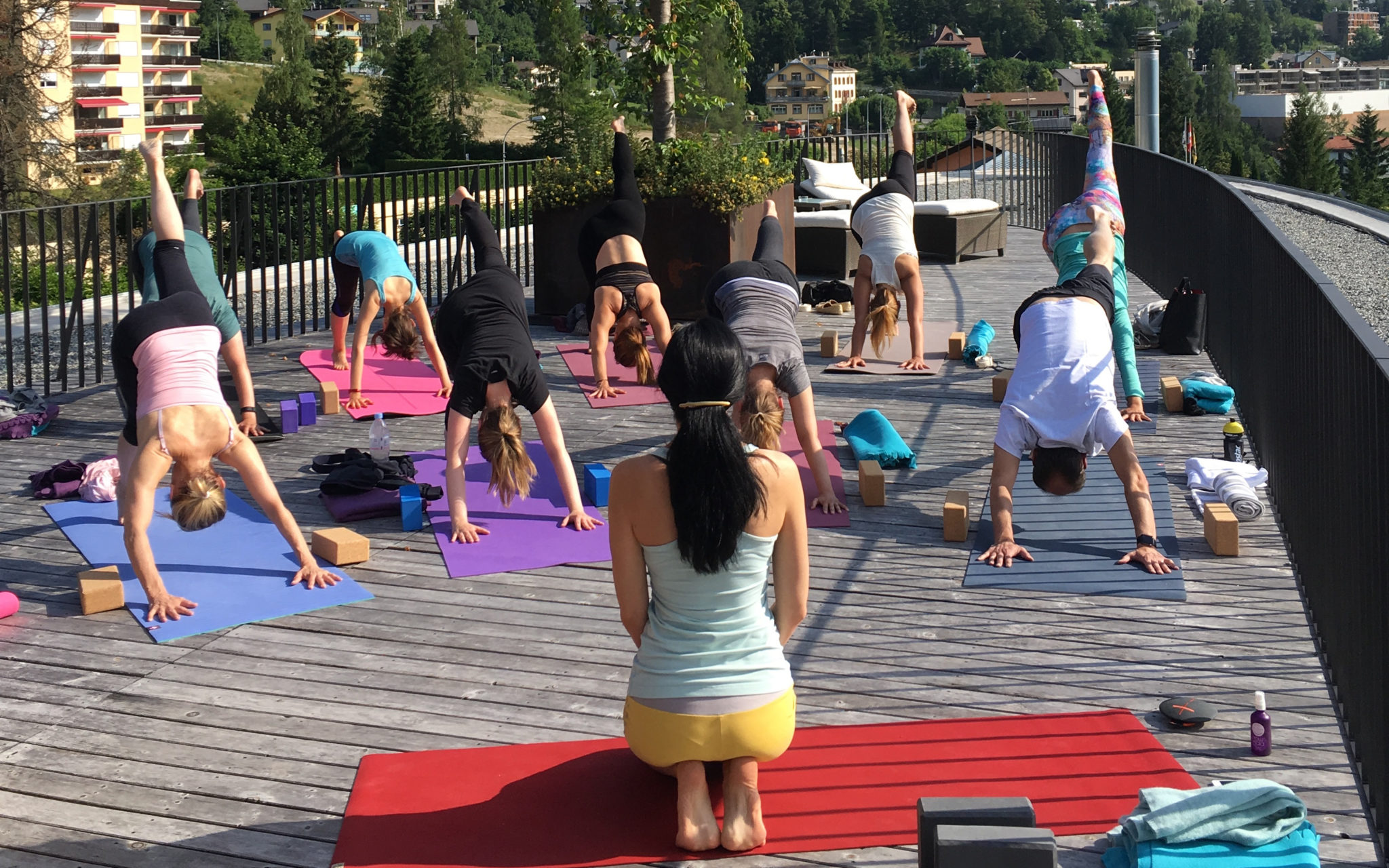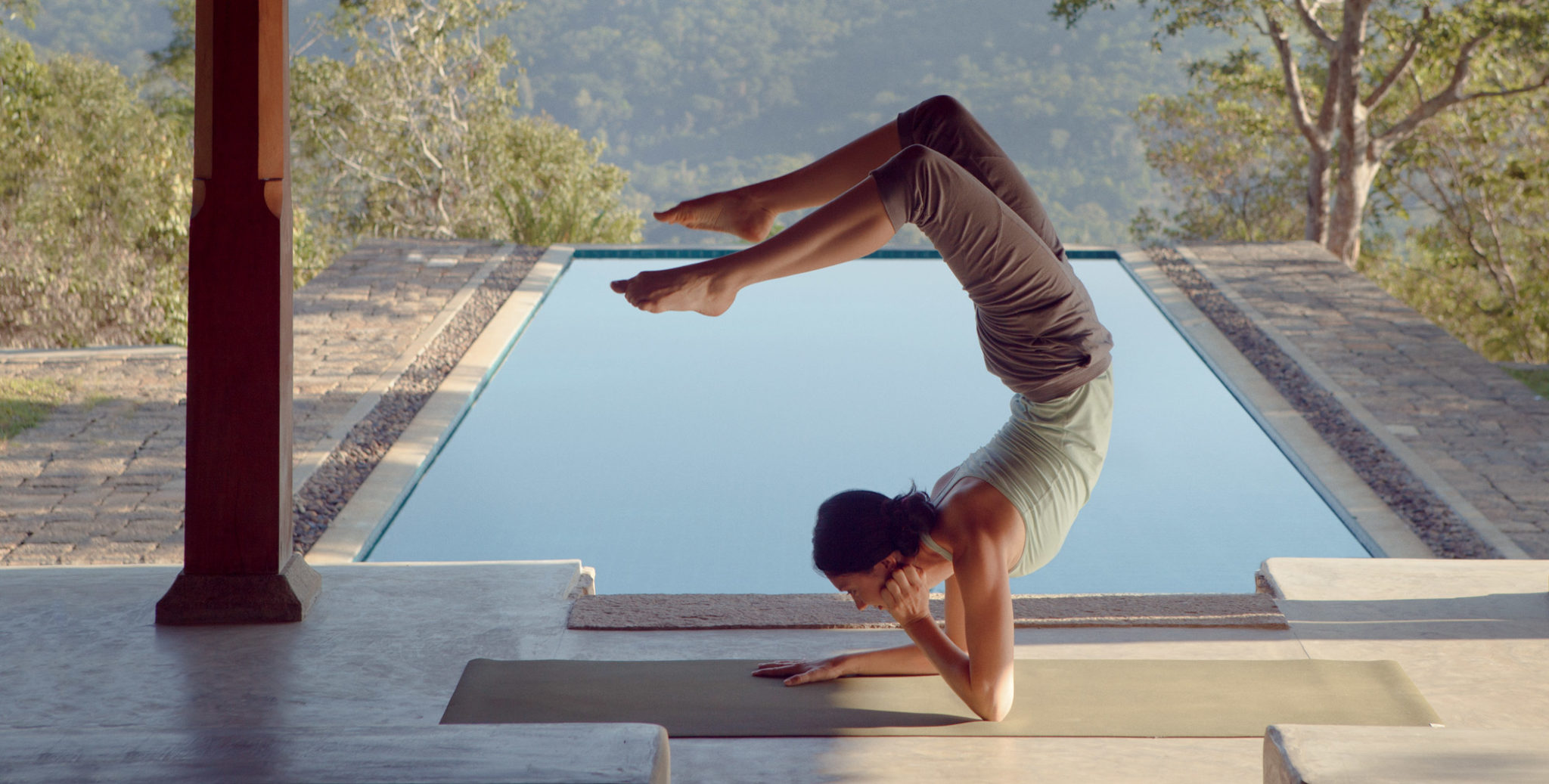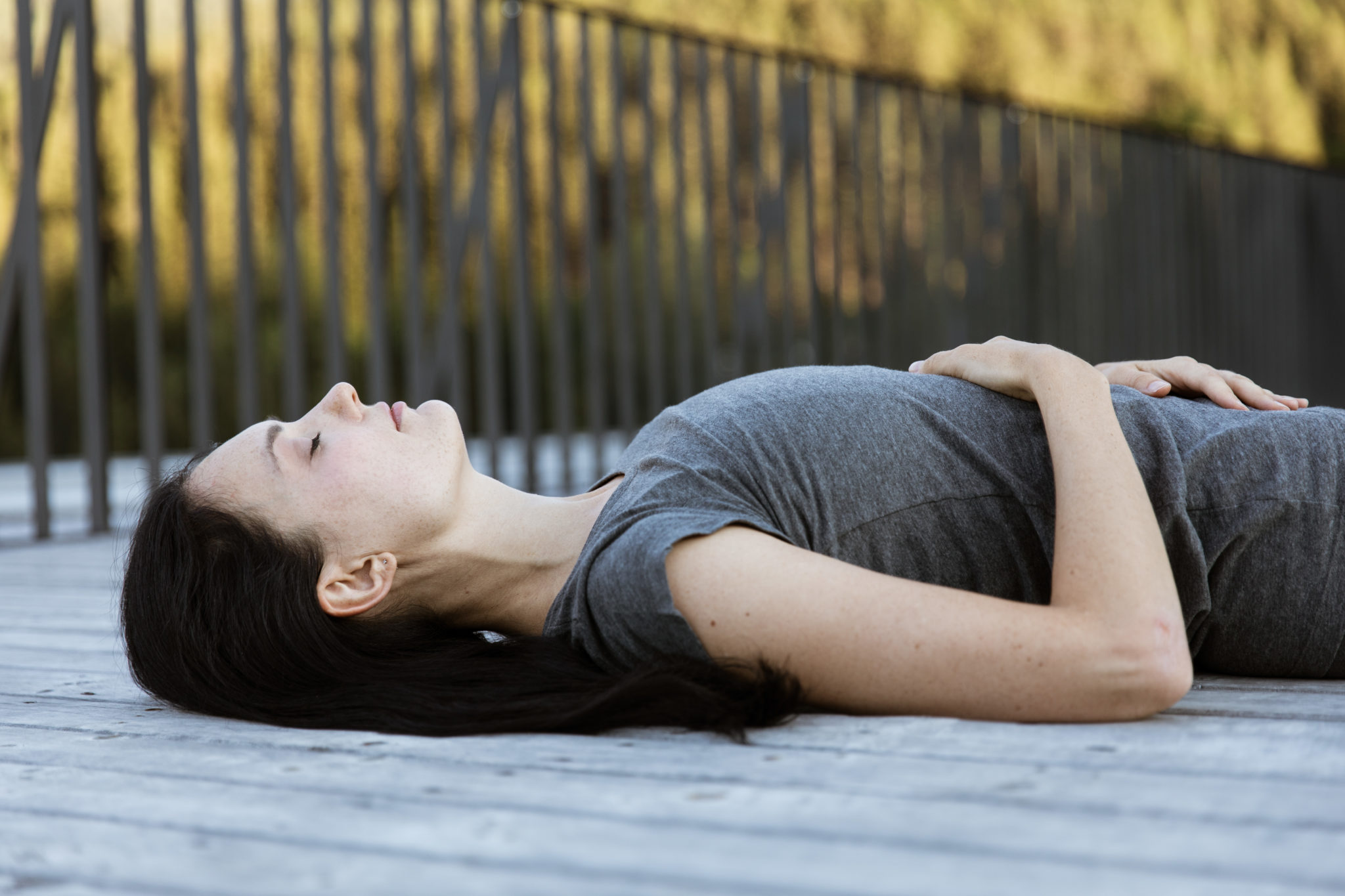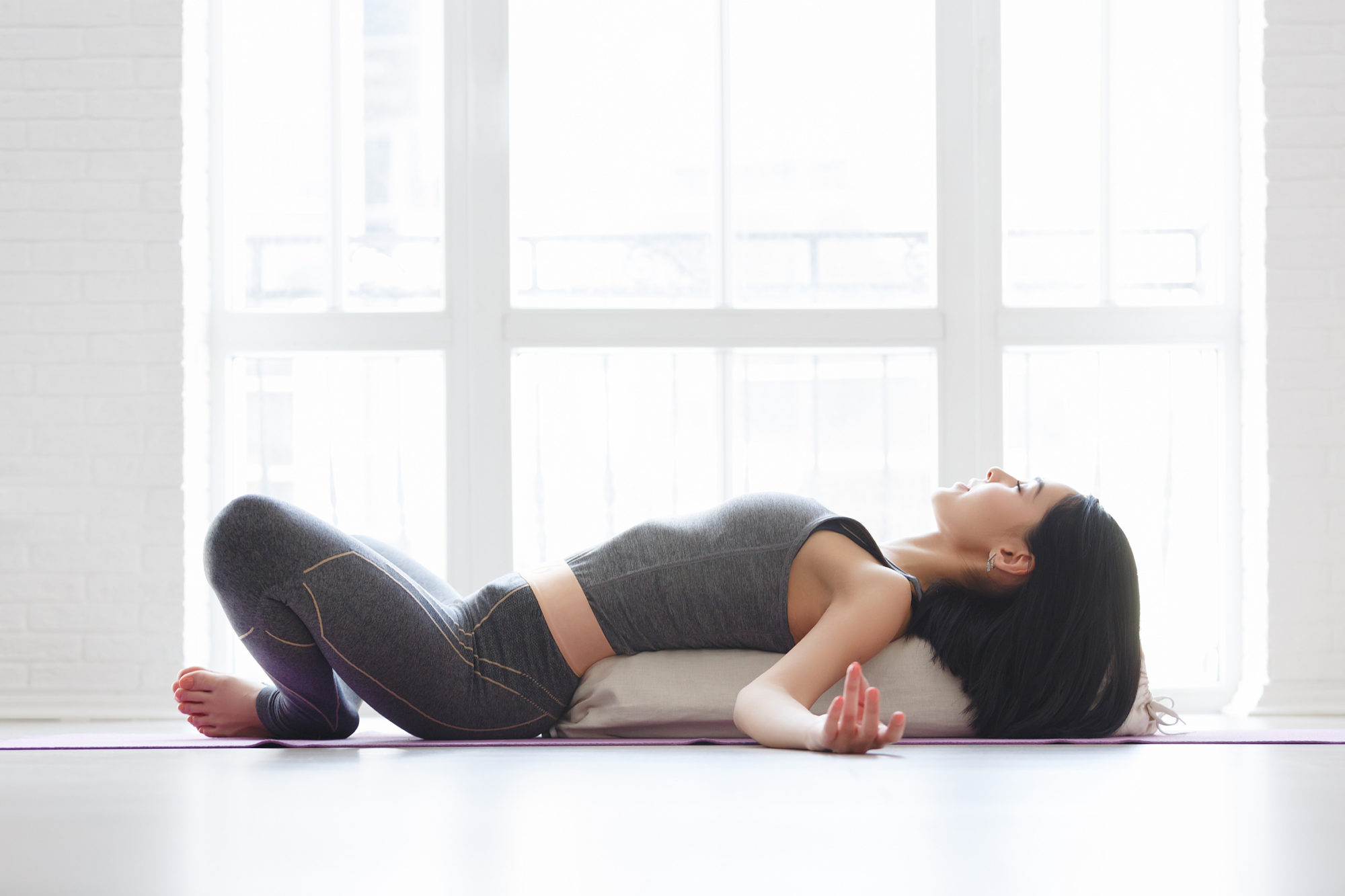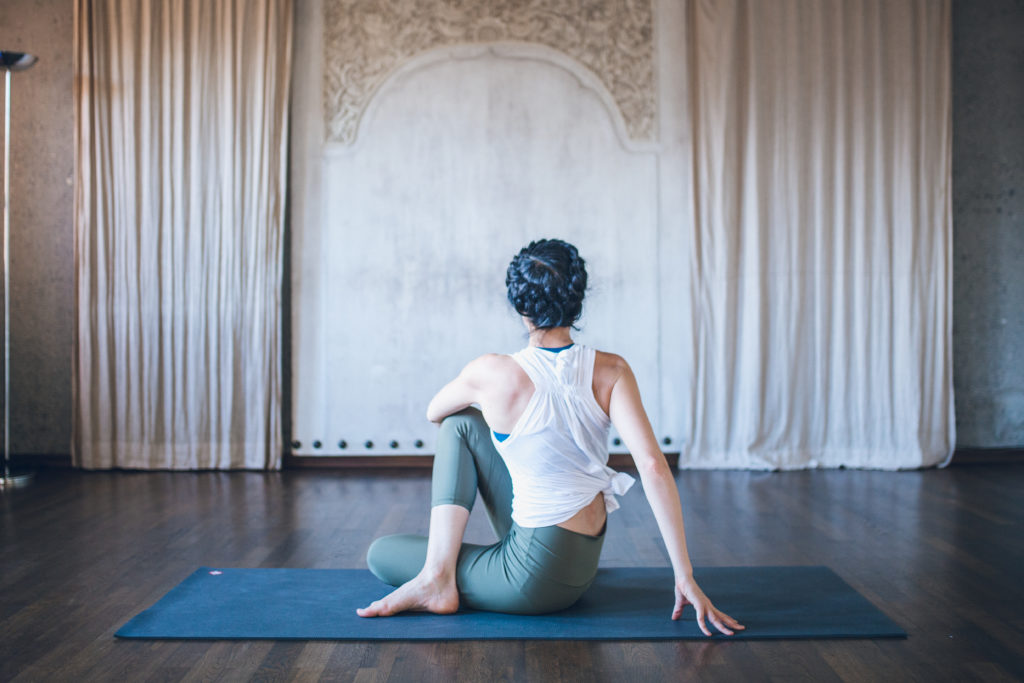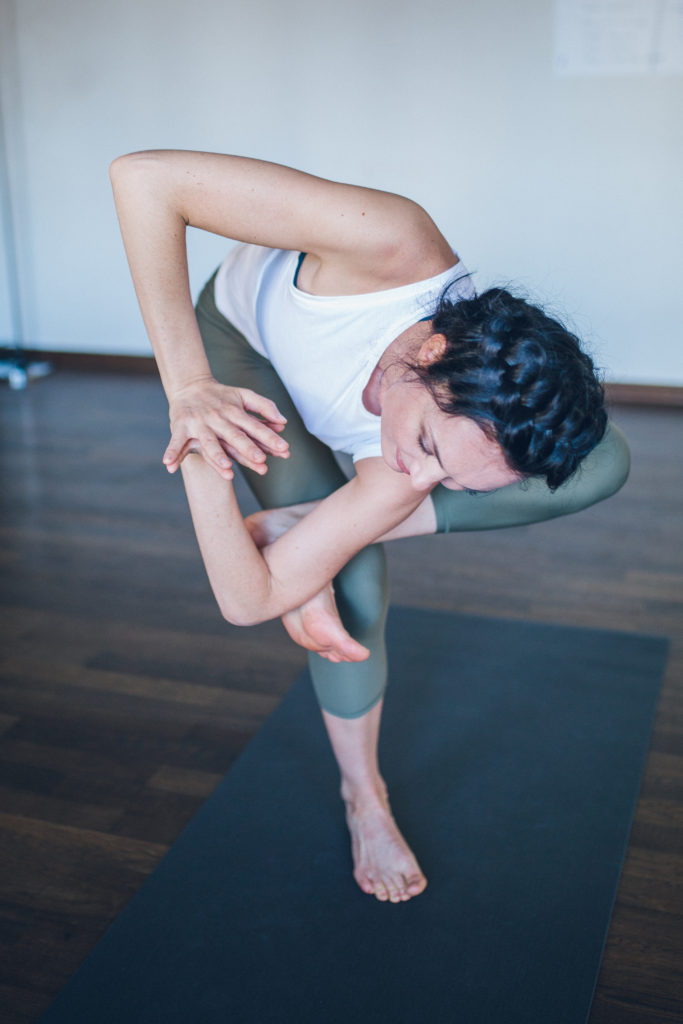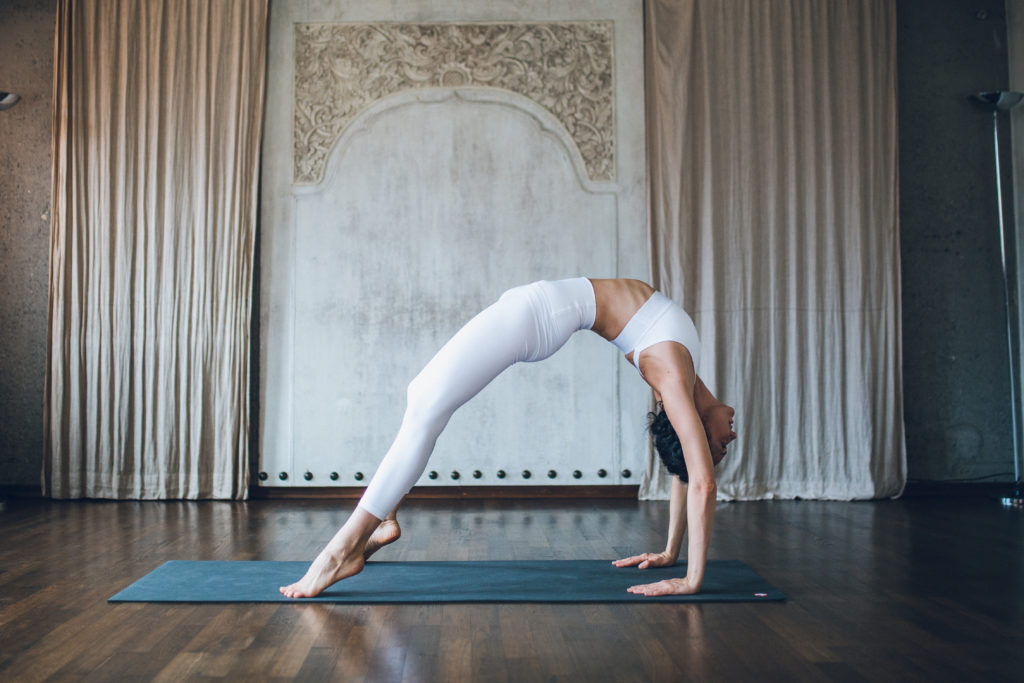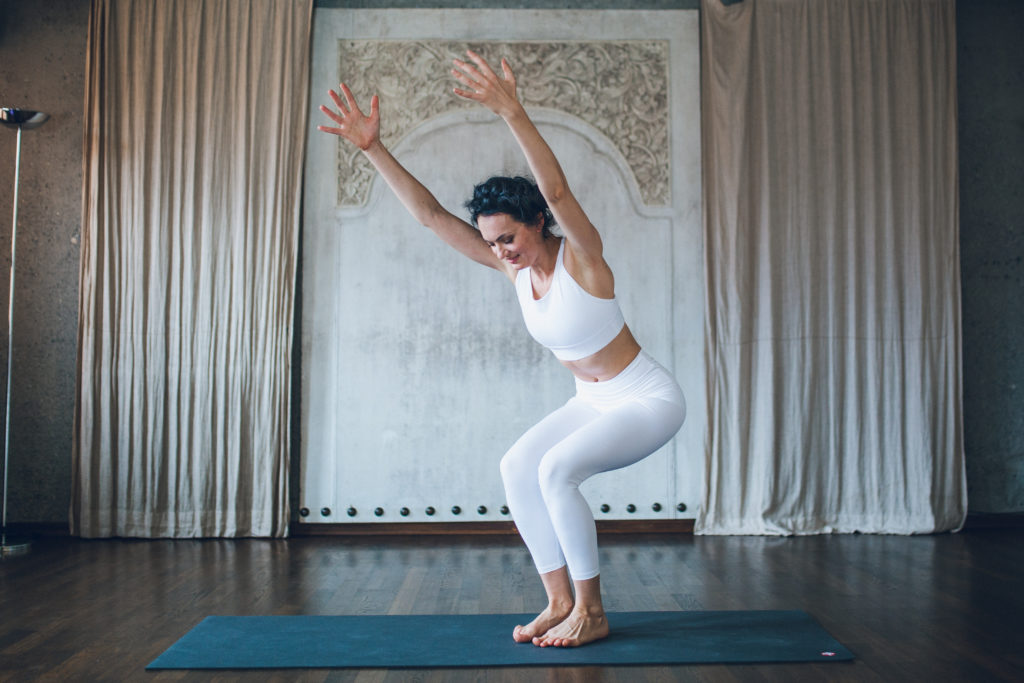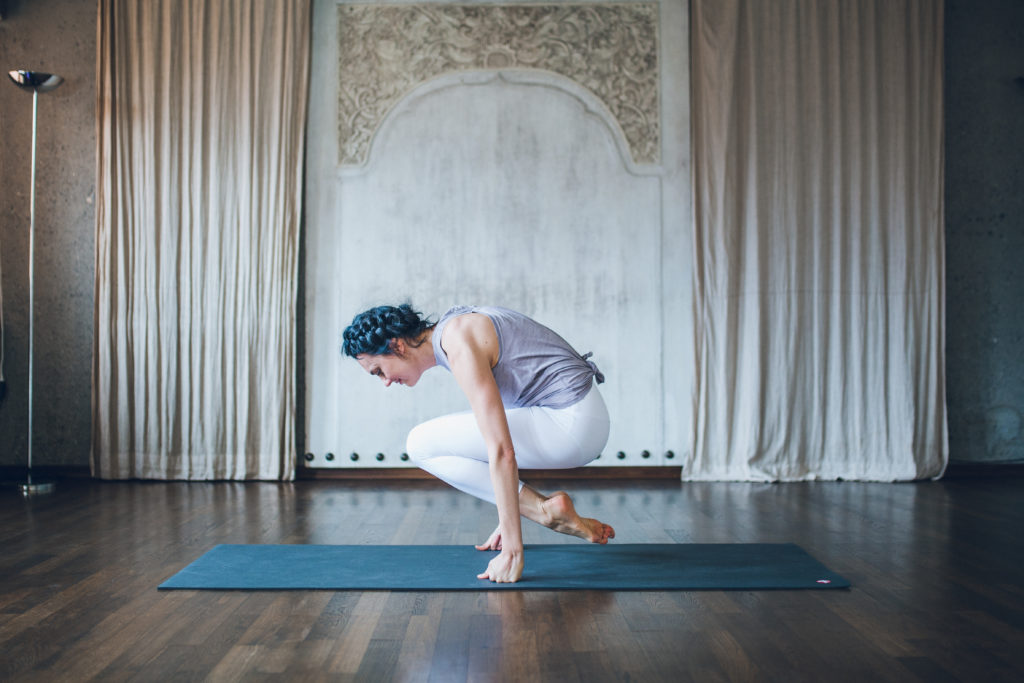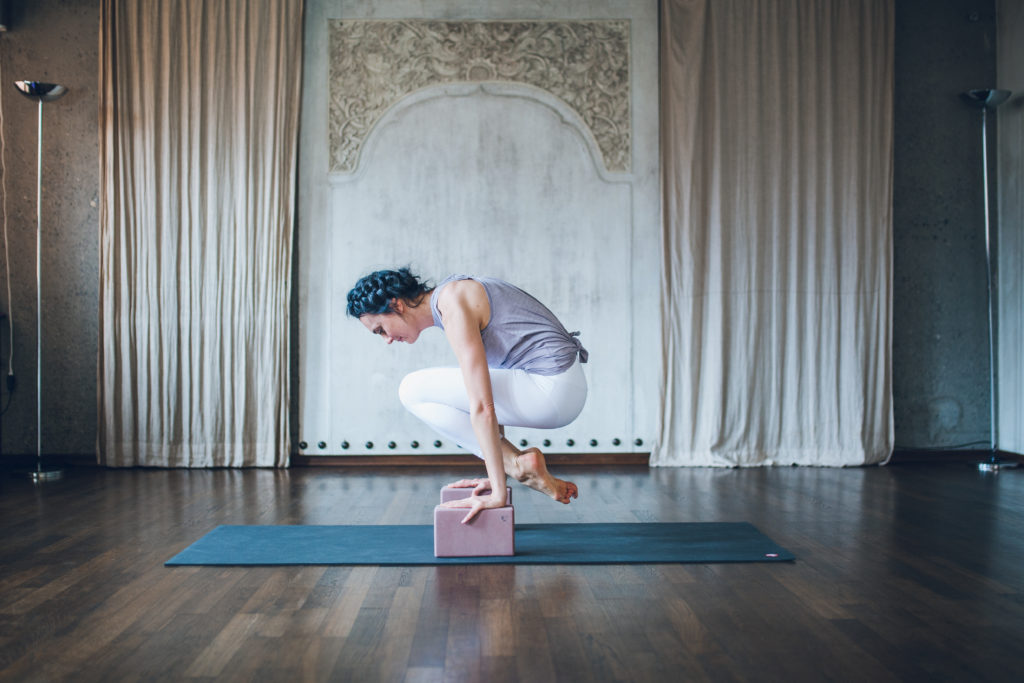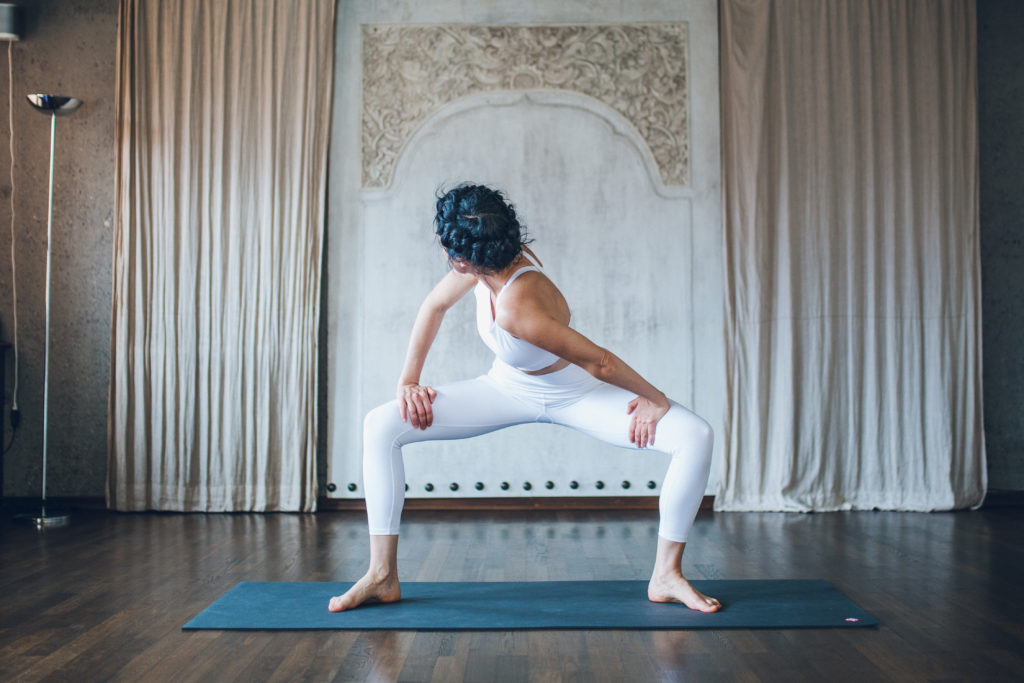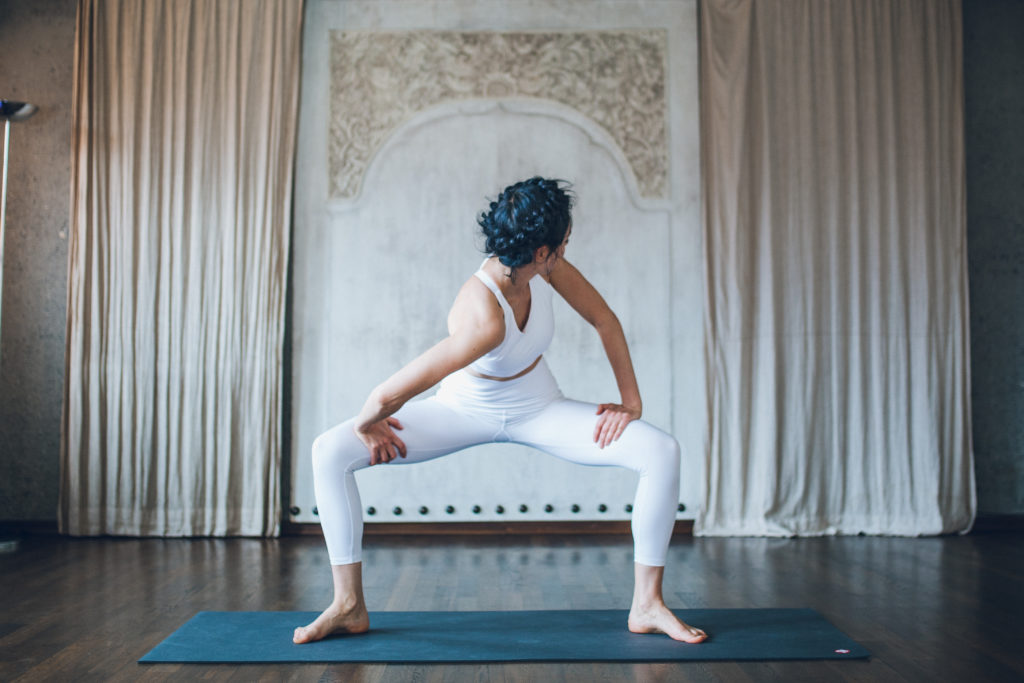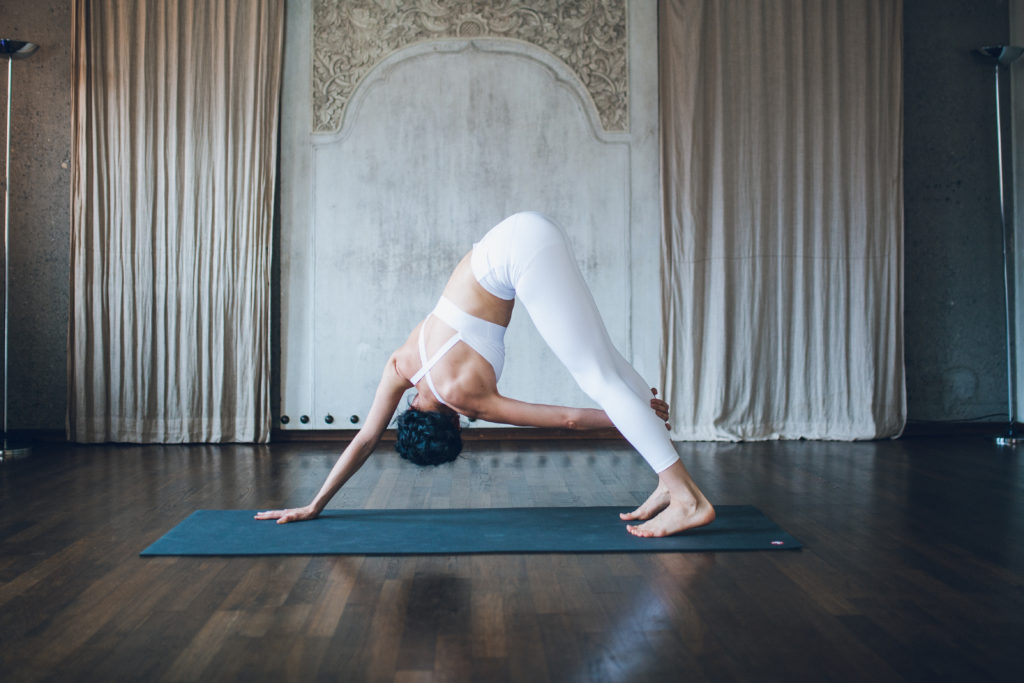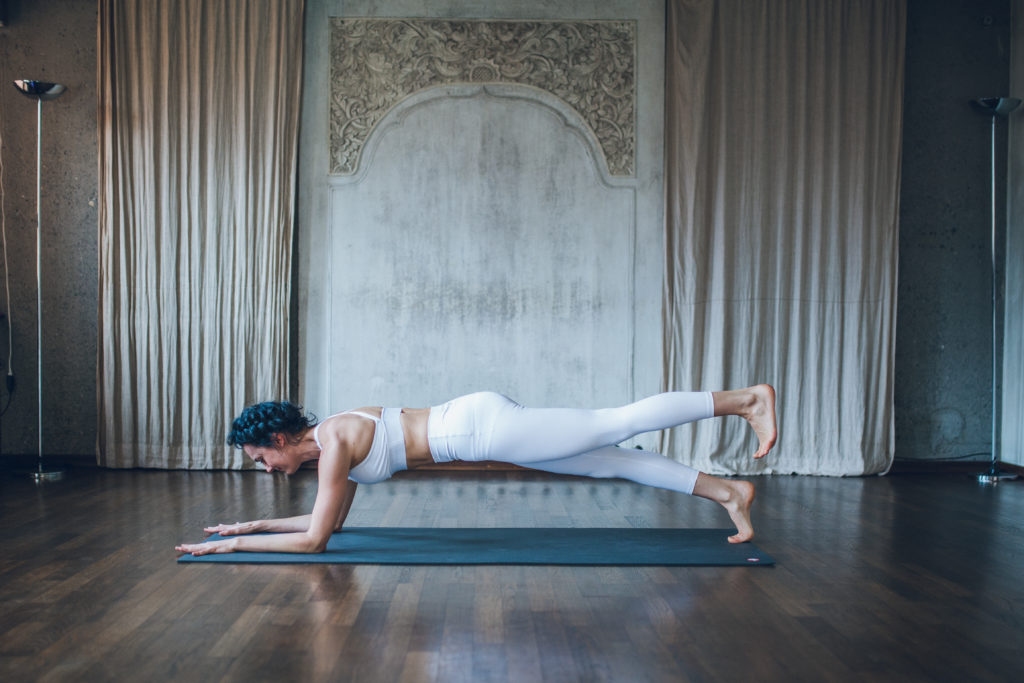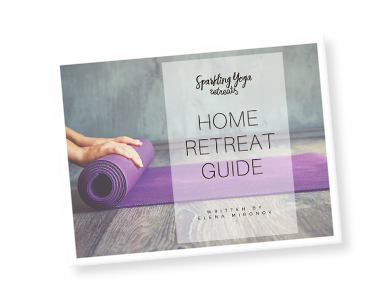Why Your Brain Needs a Stimulation Detox
Have you even found yourself reaching for your phone 2 minutes after you sat down to meditate?
You remembered to make a note in your to-do list, and since the phone is in your hands anyway, you thought you'd quickly have a sneak peek to see the message you just got on whatsapp. Exciting. Oh, and since you're on it, might as well quickly check instagram and facebook.
5 or 30 minutes later, you caught up on the news, responded to that whatsapp message, checked how many likes you got on your last post, and then closed your eyes to finally do your meditation practice. But your brain is already wondering: "Have I got a response to my whatapp message yet? Should I just quickly check? Arghhhh....my attention span is shorter than the one of a goldfish!".
Why are you/we doing this?
Meet Dopamine.
Dopamine is an interesting character. I bet you actually met already. Dopamine says hi to your brain on a pretty regular basis, and if you haven't been formally introduced to each other, let me do a quick introduction on dopamine's behalf.
Dopamine's a chemical produced in various parts of your brain.
It functions both as a neurotransmitter and a hormone. In the brain, dopamine is a chemical released by neurons to send signals throughout the entire nervous system. It controls moods, your motivation and sense of reward.
For dopamine the anticipation is greater than the reward. The urge to check that whatsapp message is greater than the satisfaction we feel once we’ve read it.
Part of what makes the text messages and social media so irresistibly attractive to your dopamine systems is that it’s unpredictable. Dopamine is stimulated by this unpredictability. So, when you get an alert on our phone, you don't know exactly what it's about, and you HAVE to check it, preferably right away. It could be anything and we have no idea what it's about until we check it. Dopamine absolutely loves that, and you get a tiny burst of it in your brain. After its effect has subsided, you're ready for the next shot. And that's part of the reason why scrolling, social media, and compulsive texting are so addictive.
Triggering extra dopamine bursts too often creates a vicious cycle in our brains, and we crave MORE. It feels like we need some stimulation to stop being restless. A tiny spike in dopamine in the brain, and we feel alright. For a little while. And then we need it again.
Don't want to be in that loop?
What can you do about it?
The answer is simple. I call it Stimulation Detox. What it means is essentially a period where you are mindful of your default actions during the day and allow those dopamine receptors to calm down.
How do you do it?
Find a day next week when you don't have to be in front of the screen. Go offline (this is where magic happens..) and leave your devices in a drawer for a day.
That same day:
- Drop coffee and stimulants (the more addicted you are to coffee, black tea, matcha, chocolate, sweets etc, the more annoying you'll find this point. But hey, maybe you can survive 1 day? And maybe it's a good reality check?)
- Drop shopping and online shopping (get the groceries and essentials the day before.
- Drop TV and Netflix
- Drop anything that you think might qualify as being a dopamine burst activator for you
What CAN you do all day then??
1. Find a quiet solace. Do yoga, movement and meditation (without looking at a screen).
If you MUST have guidance for your meditation practice, here is a technique you can use. Come to sit with a straight back, roll your shoulders back and down, and close your eyes. Try to relax your shoulders, neck and face. Start taking deeper breaths without forcing, and try to keep your attention on your breath. Whenever the mind begins to wander, softly bring your attention back to your breath. Continue for 5-15 minutes.
2. Go for a mindful nature walk or a hike.
Whenever you catch yourself thinking about work, planning or going back into the past, bring yourself back to this moment.
3. Eat nourishing foods.
Think whole and unprocessed foods close to the natural state. Not dried, not frozen, just lots of fresh plant based ingredients for a day. Don't overcook and don't over-spice. And saviour the colours and the natural flavour of real food.
4. Practice self care
All points above are self care, but if there's anything else that helps you take care of yourself and doesn't include screen time or any excessive dopamine stimulation, do it and enjoy it to the max. My personal recommendation is getting a delicious full body massage with a great therapist that day.
If you're a restless type, expect to occasionally feel restless. Expect to want to grab a coffee or matcha latte or your phone. Expect to feel helpless without your devices at hand. Expect to feel weird, and to keep asking yourself why you're doing it at all!
It's ok, it's completely normal. Stick with it for a day, and your brain, your body and your dopamine receptors will thank you for it.
After you've tried it a few times, you might fall in love with Stimulation Detox. I typically do it at least one day a week, and it works wonders as a reset practice.
Stimulation Detox made me mindful about how much stimulation I used to crave on a daily basis and how restless I'd be if I didn't get it. It's changed now, and it's a lot easier to find joy and fun in simple things, and meditation is a completely different experience. I honestly can't recommend it enough.
Try it. Once you did, send me a little note and let me know how it went.
Much love,
Elena
Ready to learn more about healthy living?

